Virtual Reality creates a unique learning experience that engages and stimulates multiple senses. With VR, students are no longer observers of the subject material — they can now become part of it by virtually exploring underwater with whales in 3D graphics or becoming a whale itself through sight, touch, hearing and even smell! This immersive approach to education increases student interest levels while providing an enhanced level of understanding for concept mastery.
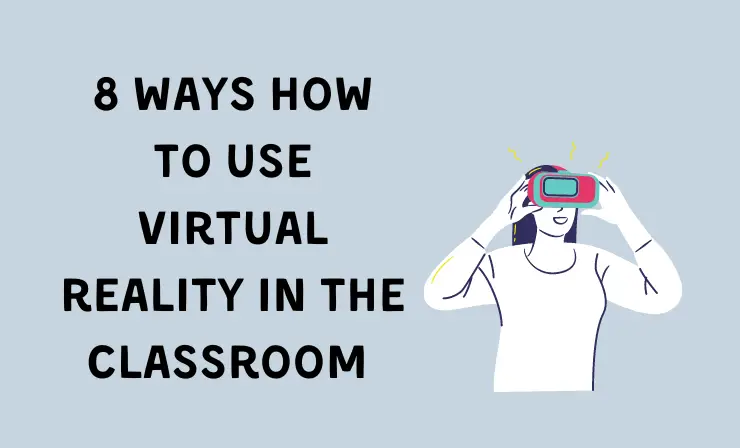
With its ability to transport learners directly into simulated environments, Virtual Reality (VR) has become an increasingly popular tool in the realm of education. Educators and students alike have responded positively to this change, as studies show that when individuals interact with a concept through VR they remember up to 90% — markedly more than traditionally taught material which yields an average recall rate closer to 30%.
As such, it is no surprise why so many are investing their time and resources into further exploring the potential benefits of educational VR experiences.
And I am no exception! I believe that if there is a new way to engage children in learning, you should definitely use it. So in this article I wanted to share with you how you can improve your lessons quality with the help of VR.
After reading this article, you’ll learn about:
- 8 ways how to use VR in the classroom
- Visit geographical locations →
- Explore human body →
- Take A Closer Look At Intricate Systems →
- Language Immersion →
- Skills Training →
- Physical Education →
- Immerse Your Students In Artwork →
- Help students to learn complex subjects →
- 5 reasons why you should use VR in the class →
1. Investigate the Amazing World of Geographical Locations
VR technology provides a unique opportunity for students to virtually explore the world. Taking them far beyond their classroom walls, it can transport learners to any place on earth — be that sandy beaches or snowy mountainsides!
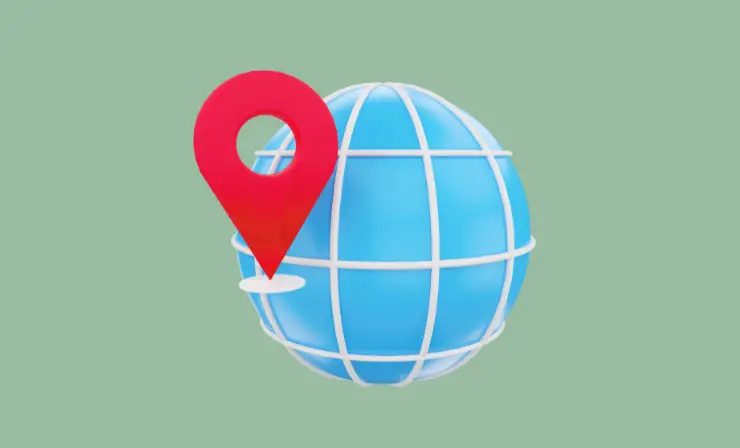
With its help, educators are able to bring geography lessons alive and give pupils an immersive experience of diverse landscapes from around the globe.
Here are some examples of how you can use VR to investigate our beautiful world in the classroom:
- Creating virtual trips to remote locations, giving students the chance to experience how people live and work in that area.
- Developing interactive simulations of how different factors can affect the geography of a particular location. For instance, how an earthquake could disrupt a city’s infrastructure.
- Investigating how different environments can affect how people interact with them. For example, how a desert climate may lead to different farming practices than a temperate climate.
- Examining how economics and trade are affected by geography.
For such lessons, you can use National Geographic VR app. In this video, you can learn how.
2. Exploring the Mysterious and Amazing Anatomy of the Human Body
Virtual reality can revolutionize the way classrooms learn about anatomy. With specialized software, students have a unique opportunity to explore and identify various organs of the human body in an engaging environment — making natural science or biology classes more interesting than ever before.
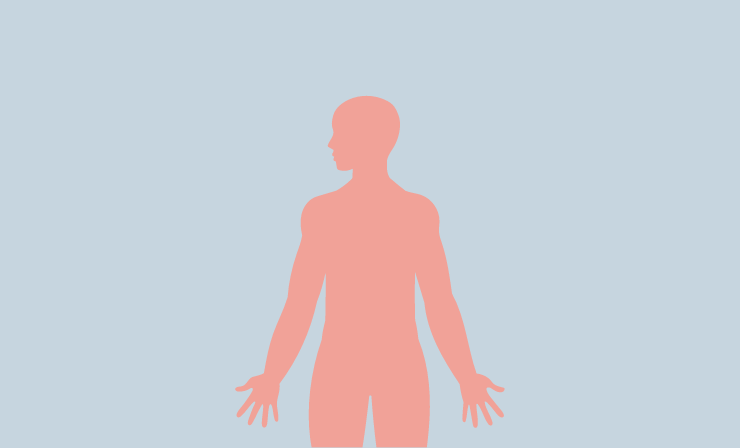
Examples on how with the help of VR students, at school can explore human body:
- Virtual tour of the human body
- A journey through the cardiovascular system, observe how organs function, or gain a better understanding of how muscles work
Here is an example how you can use VR.
3. Explore the Complexities of Intricate Systems
Virtual Reality offers students a unique and captivating way to explore complex systems taught in school. From mechanical engineering classes which use VR technology to take learners on an up-close journey through machinery and equipment, educational institutions are using cutting edge methods of instruction that makes learning fun.

With virtual reality and augmented technology, teachers can now help students engage tangibly with these topics in ways they never thought possible. Take, for example, an elementary school student who is traditionally having difficulty understanding cells: by utilizing VR/AR, they could actually feel like they’re exploring this complex concept first-hand – no textbooks or diagrams required.
Here’s an example of how Siemens’ Walkinside VR system provides operators in the field with new ways to be fully immersed in a virtual site. Using this video as an example, you can explain the structure of various mechanisms and the laws of physics to your students.
4. Unlock the Benefits of Language Immersion
Utilizing VR technology in instruction provides an unparalleled opportunity for teachers and students to develop their language skills. It gives them a unique, hands-on experience that offers enhanced engagement with the learning material.
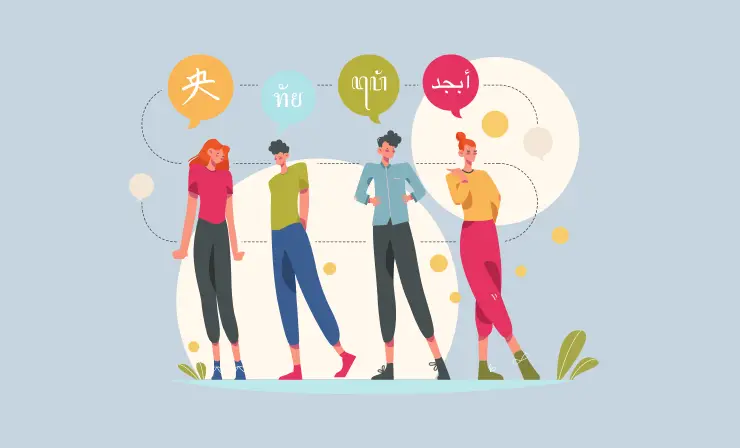
With the aim of discovering ways to further develop student capabilities, The World Bank commissioned a study on virtual reality (VR) training. After assessing 72 experiments, invaluable results were achieved – VR was shown to be just as effective or even more beneficial in improving learning compared to traditional methods. Moreover, students exposed to VR scored 3% higher and demonstrated 20% greater confidence than those who received conventional instruction; additionally, they proved 30% faster at completing tasks.
Here is an example of how Jerry Registre, using virtual reality and the app “ImmerseMe” learned Spanish. Try this tool for your classes and share with the results.
5. Enriching Skills and Expertise Through Training Opportunities
Virtual Reality (VR) immerses students in learning experiences that simulate real-life. Studies suggest this type of experiential education has a significant impact, resulting in improved understanding and recall rates up to 90%. Experienced based knowledge sticks with learners as they are allowed to relate the information directly through their behavior and reactions within an interactive environment.
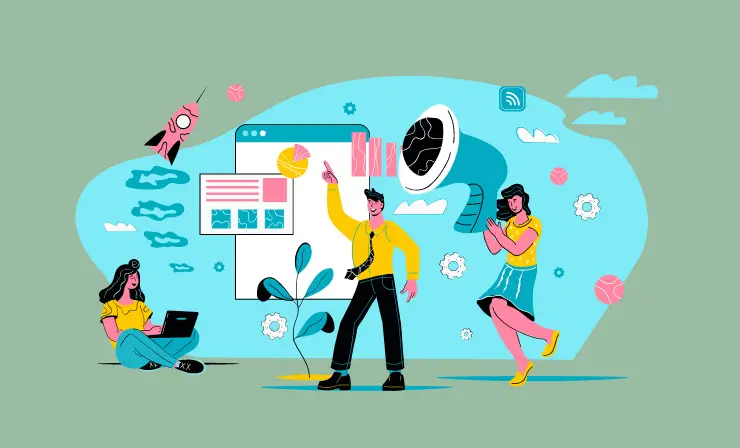
Some companies are using virtual reality to develop the soft skills of their employees. Here’s one example.
You can use the example of this video to develop the skills of your students.
For students, VR can unlock a future of potential: one study reported that learners benefit from 275% more confidence in applying soft skills when they use virtual reality compared to classroom learning. With tools like these at companies’ disposal, employees have the opportunity to train with simulated colleagues and familiarize themselves with critical thinking and logical reasoning without needing extra resources for training purposes.
6. Physical Education
Teachers can harness the power of virtual reality to give physical education classes a new edge. Imagine playing sports like tennis, volleyball, baseball, and golf with an immersive VR experience — engaging students in exhilarating lessons that could revolutionize their understanding of athletics.
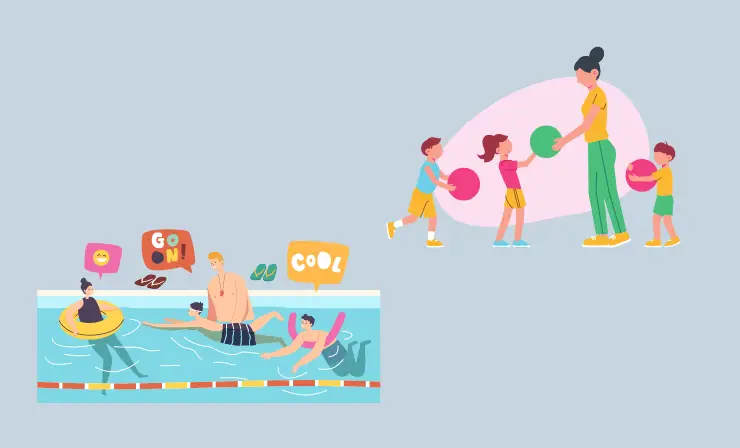
An example of how you can play basketball in virtual reality:
7. Immerse Your Students In Artwork
Virtual reality creates an immersive learning environment for students to explore the world of art. With this revolutionary technology, classes can become interactive experiences where one has a chance to virtually hold objects such as the Mona Lisa or study famous paintings up close in a way that was once unimaginable.
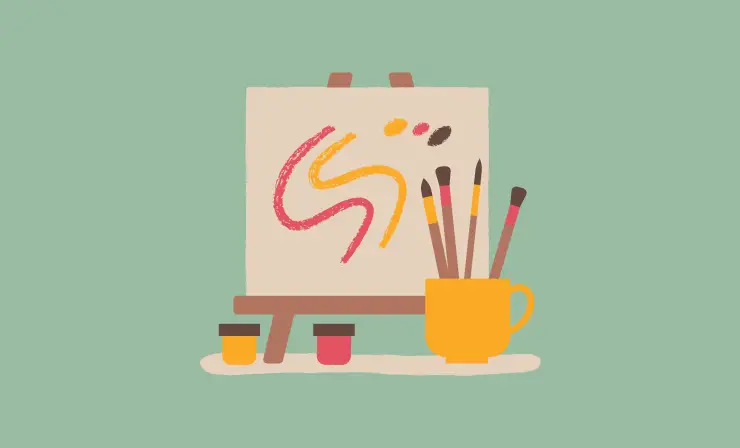
With virtual reality you can not only study the world of painting, but also plunge into the world of cinema with your students. VR provides exciting new opportunities and potential applications within educational art programs.
For example, Google’s Tilt Brush AiR program brings together passionate and talented creatives from many different fields to explore the endless possibilities of virtual reality art. From graffiti artists and illustrators, to dancers, cartoonists & concept creators alike – over 60 diverse artists are using their gifts to create captivating masterpieces with Google’s revolutionary tool.
8. Assisting Students to Master Difficult Subjects
VR can also be used to create more immersive demonstrations of difficult concepts, such as how things work on a molecular level or how certain diseases spread over time. By placing students in an immersive environment, it’s easier for them to understand how something works, as well as how a particular action may influence the outcome. For example, a teacher could use VR to show how an infection progresses over time or how the growth of a plant can be affected by different environmental factors.
For instance, teachers can create virtual scavenger hunts where students have to go looking for visual clues related to difficult concepts in order to advance in the game. This type of activity helps engage students and encourages them to think critically about their environment in order to succeed.
By using these tips, teachers can leverage the power of virtual reality to create immersive learning experiences that help their students master difficult subjects. With VR, students are able to explore and interact with material in a way that is both engaging and informative – giving them the opportunity to truly understand how things work. For teachers looking to make learning more engaging, VR technology could be just what they need.
Top 5 Reasons Why You Should Use VR During Teaching
Virtual Reality is revolutionizing education, empowering students to take learning beyond the classroom. Through immersive and engaging 3D experiences, VR encourages greater understanding of course material while helping build soft skills such as empathy and collaboration – foundational foundations for a successful future. Most importantly it equips teachers with an unrivalled tool in their quest equip pupils with knowledge that will last a lifetime!
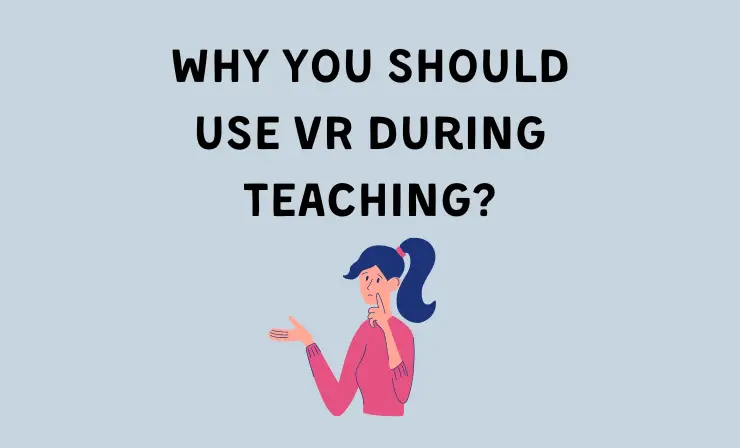
1. Increase Memory Power and Knowledge Retention
Our ability to retain and manipulate information for a brief period of time is essential for successful learning. Working memory gives us the capability to use those skills we learn in everyday life, from basic math equations all the way up to complex problem-solving tasks. It’s an integral part of enhancing our understanding through processing new knowledge.
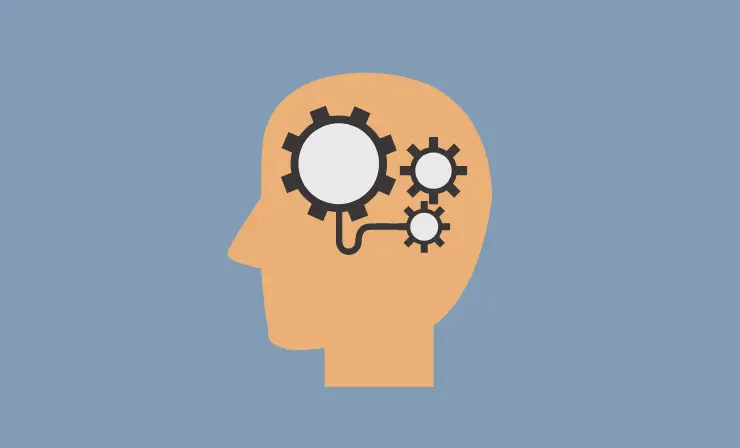
Using VR allows teachers to create interactive experiences for students. This encourages them to explore and experiment with concepts, improving their critical thinking skills and increasing their engagement with the material at hand. Through using VR, teachers can provide students with a platform for practical problem.
2. Boost Excitement and Engagement in the Classroom
Students are naturally drawn to multimedia experiences, and VR technology offers an exciting way for them to engage with learning. With its ability to simulate real-life scenarios in vivid detail, this cutting-edge tech can provide a level of interactivity that encourages motivation among learners of any age.
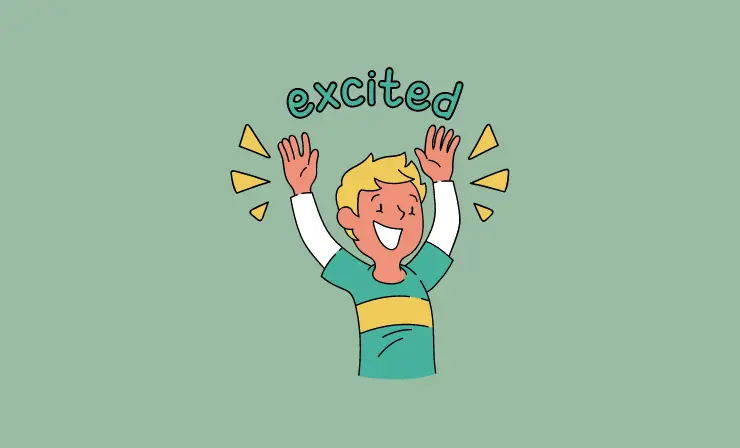
For instance, they can create a virtual world where students are able to alter parameters and observe how this influences outcomes in real-time – which can be especially helpful when teaching complex concepts like physics and calculus.
3. Build Emotional Intelligence, Awareness and Understanding
Emotional intelligence is a powerful tool to help you reach your goals and lead a more fulfilling life. With it, you can effectively manage stress, communicate better with others, build successful relationships at work and school, understand yourself on an emotional level for informed decision making opportunities–ultimately giving way to increased success in all areas of life.
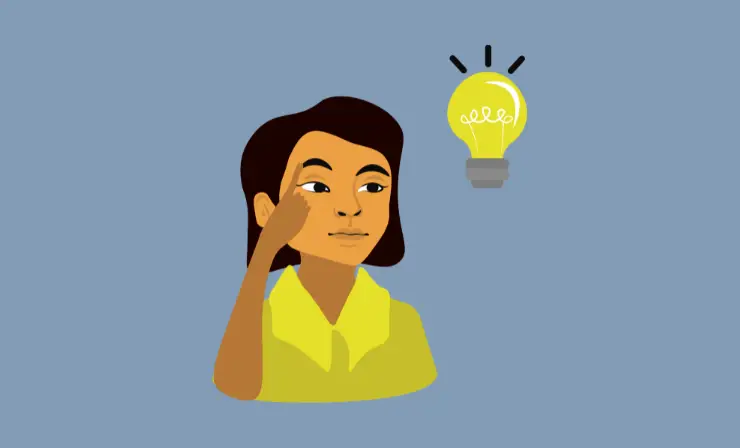
VR can be used to simulate real-world scenarios where students must make decisions and learn how their choices impact the outcomes. This type of experiential learning encourages critical thinking, problem-solving, and collaboration skills which are essential for success in the 21st century workplace.
4. Allow Students to Share Their World with Others by Creating Their Own VR content
Inspire students to unlock their creative potential and showcase their imaginative side by several means, with a focus on three-dimensional experiences.
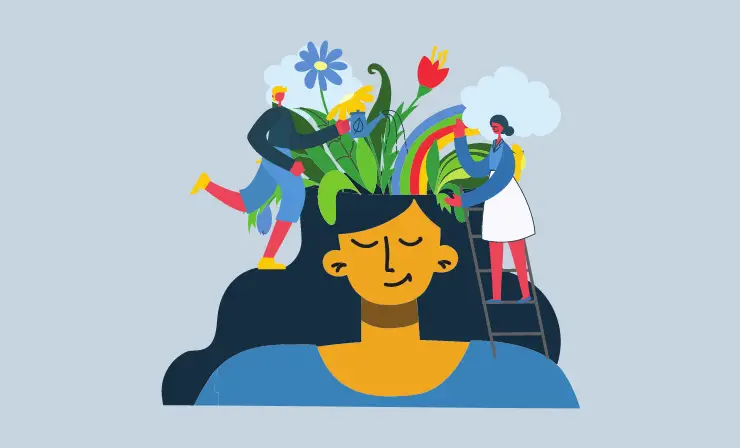
5. VR Can be Integrated Into Every Subject Area and Curriculum
Teachers can use VR to show how things work and how they are connected in a way that is fun and interactive. It can also help students understand how things look in real life, giving them a better understanding of the subject. With VR, teachers can give students a unique way to learn that allows them to explore different concepts and ideas. It can be used in math, science, and other classes.
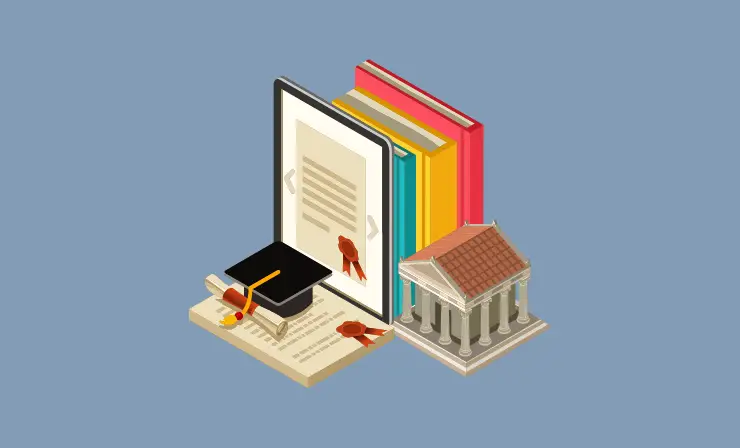
Virtual Reality offers an unprecedented learning opportunity, with limitless potential to revolutionize the educational experience. With its recent accessibility, teachers and students have a thrilling tool at their disposal to turn knowledge into unforgettable experiences.
Useful Resources
Conclusion
VR technology is ushering in a new era of educational experiences, but this transformation would not be possible without the judicious application by teachers. By blending traditional teaching methods with immersive virtual reality systems, educators are on track to revolutionize how students learn and explore their world – fostering enrichment for generations to come.
- Overview of 22 Low-Code Agencies for MVP, Web, or Mobile App Development - October 23, 2024
- Tips to Inspire Your Young Child to Pursue a Career in Nursing - July 24, 2024
- How Parents Can Advocate for Their Children’s Journey into Forensic Nursing - July 24, 2024




How it is helpful in teaching boring subjects like mathematics, chemistry and physics also